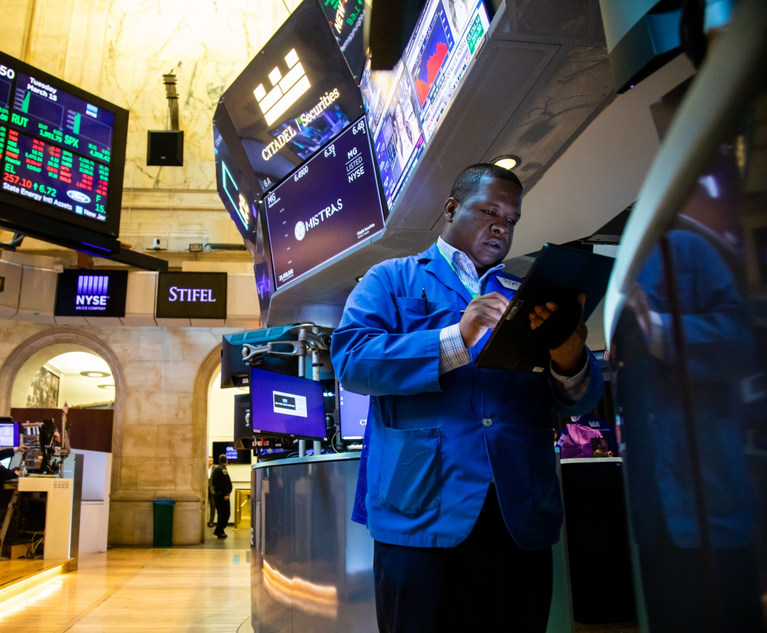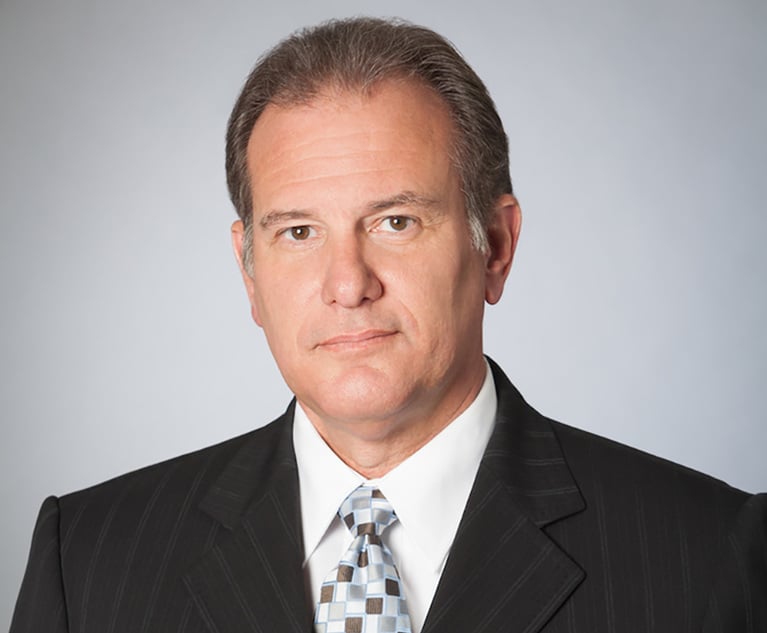After a record breaking year, the U.S. IPO market came back to earth with a thud in the first quarter. Now, bankers are praying for some stability to breath life back into the market.
Volatility from Russia’s invasion of Ukraine, faster inflation and rising interest rates triggered the slowest quarter of U.S. initial public offerings in more than five years. At one point, the market ground to a complete halt, with longest period without an initial public offering since the Great Recession.
In many ways, a downturn was inevitable. The market simply couldn’t maintain the pace of the year before as the rotation to value from growth forced many listing candidates to reconsider their plans and recent debuts extended a sell-off.
“We were in a market of growth at all costs” last year, Wells Fargo & Co. co-head of equity capital markets Lear Beyer said. “People were just investing in anything that was growing. You needed some rationality to come into the market.”
Just 37 traditional IPOs priced during the first quarter, the least since early 2016. They raised $4.1 billion in total, a 94% slump from the same period last year. What’s more, over half of these stocks are now trading below their offering prices after investors accelerated a flight from risk during Russia’s invasion of Ukraine.
Alongside the drop in traditional listings, IPOs by new special purpose acquisition companies declined by 80% from the same period of last year.
Shuttered access to equity capital markets has been a headwind for the broader economy, limiting firms from funding job creation, acquisitions and organic growth. The recent market recovery is providing hope that fundraising could accelerate in the months ahead, but bankers and analysts fear more turbulence ahead.
“The challenges in the broader market are key to figuring out what’s going to happen in the IPO market,” said Barrett Daniels, IPO services co-leader and West Coast SPAC leader at Deloitte & Touche LLP. “The IPO market is and always has been very reactionary to not only previous IPOs, but also what their public comparables are experiencing.”
Just one traditional IPO, a listing by private equity firm TPG Inc., raised more than $1 billion during the quarter. The stock dipped below the IPO price in February, about a month after the debut. Other recent listings also saw weak trading: The Renaissance IPO ETF, whose holdings include recent listings, underperformed the broader market with a 22% drop this year.
A recent rebound in the broader market is providing reason to hope the doldrums will soon end. The S&P 500 has jumped 10% since its first-quarter low on March 8 as investors start to show renewed tolerance for risk. And the Cboe Volatility Index, a metric closely watched by ECM bankers, fell below the critical 20 handle this week for the first time since Martin Luther King Day.
Almost 200 companies are currently on file to go public in the U.S., according to data compiled by Bloomberg, excluding firms that filed for IPOs more than a year ago. Many more have either filed confidentially or are planning to do so.
Social media website Reddit Inc. and information technology firm Cohesity Inc. are among the top names in the pipeline that could help reinvigorate investor demand and the fear of missing out that serves as a hallmark of a hot IPO market.
“Retail investors love the big consumer names — things they can touch and feel, like the Ubers of the world,” said Matt Michael, chief executive officer of InvestorLink Capital Markets LLC, a firm that helps banks secure retail investors in IPOs. “We see significant retail participation across the calendar.”
But bankers and analysts have expressed caution about the apparently changing tides. Jefferies Financial Group Inc. this week warned that its backlog of listings is “sensitive to market conditions.” The recent rally could precede deeper losses, Bank of America cautioned on Tuesday.
Weakness in recent IPOs is also weighing on the market for secondary offerings. Newly public companies are often top candidates to raise more equity when shares are trading higher, but this quarter, U.S. secondary offerings raised just $17 billion, the smallest amount since 2011.
Largely missing from the quarter’s action is opportunistic fundraising by firms with high-flying shares, a hallmark of the market in recent years.
Adding further pressure to the industry is a newly public focus on block trade practices amid an ongoing regulatory probe that’s already led to turnover at Morgan Stanley, Wall Street’s most prolific bank for such activity.
“Capital raising activity is tough no matter what product or sector you’re in right now,” said John Rudy, a member of the securities & capital markets practice at Mintz, Levin, Cohn, Ferris, Glovsky and Popeo. “We’re in an off period. But after two years of incredible, frenetic activity, in many ways it’s surprising it didn’t happen sooner.”
Drew Singer reports for Bloomberg News.
NOT FOR REPRINT
© 2024 ALM Global, LLC, All Rights Reserved. Request academic re-use from www.copyright.com. All other uses, submit a request to [email protected]. For more information visit Asset & Logo Licensing.


 A trader works on the floor of the New York Stock Exchange. Photo: Michael Nagle/Bloomberg
A trader works on the floor of the New York Stock Exchange. Photo: Michael Nagle/Bloomberg




